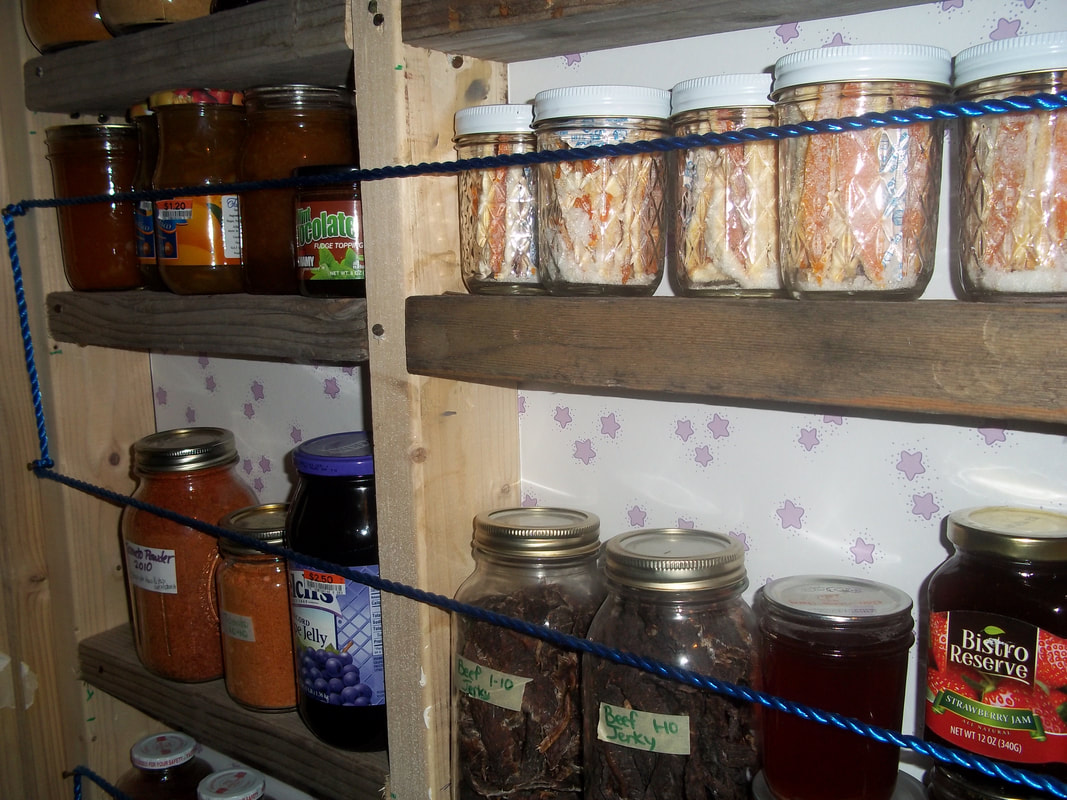Several years back, when I was still in high school, I told my mom what I would really like as a graduation gift was a card file of her recipes. She made one, painstakingly putting one card at a time into our manual typewriter (OK, this was more than several years back) and typing out each recipe. When the next sibling graduated, 2 years later, she had realized there was a way to type the recipes on the computer, and that way the info was saved for and could be printed an number of times without having to retype them. The recipe card in the photo below is from one of that second round of recipes she gave me. As you can see, it makes a big cake. 11x15. So I've scaled it down to fit a 9x13, and tweaked the leavening to use both baking soda and baking powder, which combination I've found to give slightly more consistent results.
Have you ever had the boiling-water chocolate cake before? It's a wonderful, very moist cake. It looks to me that my mom simply took that recipe and adjusted it to include mashed bananas. Chances are high that she was simply being creative with what needed using up, too.
For the cake this week, I made it using mostly whole-wheat flour, for the nutrition, fiber, and flavor. I also used a blender to streamline the mixing steps. The strange-sounding frosting really does work! It's modified from the Sauerkraut Cake recipe posted much earlier.
Chocolate Banana Cake
Heat oven to 375 degrees F, and spray a 9x13 pan with nonstick cooking spray. (This can also fill 2 9" round cake pans instead.)
In a large bowl, stir together
3 cups flour (I used 2 c. whole wheat flour, 1 cup all-purpose flour)
1/4 to 1/3 cup cocoa powder
1 tsp. baking soda
1 tsp. baking powder
1 tsp. salt
Meanwhile, melt
1/2 c. butter
and set aside. Measure 1 cup of water and bring it to a boil in the microwave or on the stovetop. Set aside.
In a blender, combine
2/3 cups sour milk (or milk mixed with 1 Tbsp. lemon juice or vinegar)
2 eggs
2 large overripe bananas, or 3 medium/small ones
2 cups sugar
Mix until smooth. Pour over the flour mixture, add the melted butter, and stir well. Pour the boiling water over the top, and mix in thoroughly. Bake at 375F for about 30-35 minutes, or until the top springs back when pressed lightly with a finger.
Chocolate Mayonnaise Frosting
1 bag (11-12 ounces) chocolate chips (I used semisweet)
2/3 c. mayonnaise
Melt the chocolate chips in a heatproof bowl in the microwave; heating for 1 minute at a time and stopping to stir. This took about 2 minutes in my microwave.
Add the mayonnaise, and stir to combine. Spread over cake.
Notes:
If you put the frosting in the fridge, it will set up very firmly. Too firm to spread. If you need to soften it, microwave for 15-30 seconds and stir.
If you don't have mayonnaise-- remember I said we were at the tail end of the jar?-- use yogurt instead. I had only half the mayo needed, so used that, and made up the difference with some strawberry yogurt sitting in the fridge.





























 RSS Feed
RSS Feed